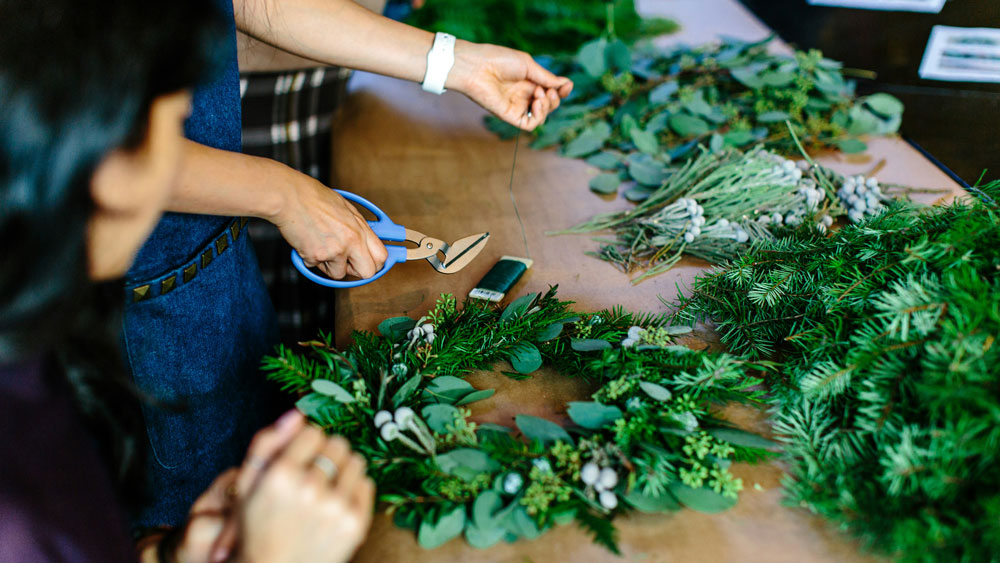Sharon, a corporate HR leader, spends her days managing her team and helping shape a culture that supports innovation and creative thinking. But when fall rolls around, her evenings are spent with foam wreath forms, mesh ribbon, and a glue gun.
|
ADVERTISEMENT |
She makes holiday wreaths. Bold ones. Glittery, whimsical, full of unexpected combinations. Sometimes they land, and sometimes they don’t. But always, the process is messy, iterative, and deeply creative.
It might sound like an odd crossover. But the parallels are powerful and important. Wreath-making is creative thinking in action. There’s a clear purpose, a loose set of tools, and a whole lot of unknowns in between. There are aesthetic choices, design constraints, customer needs, and constant course correction.
In many ways, it’s everything innovation in business should be but often isn’t. In corporate environments, creativity gets overengineered. There’s pressure to skip the messy middle... to justify every move in advance... to have the answer before asking the question.
But that’s not how creativity works. And it’s not how innovation thrives.
…

Add new comment